Released 1986: The Macintosh 512K enhanced (512Ke) was introduced in April 1986 as a cheaper alternative to the top-of-the-line Macintosh Plus, which had debuted three months previously.
Facts
- Type: All-in-one
- Manufacturer: Apple Computer
- Product family: Compact Macintosh
- Released: April 14, 1986
- Discontinued: September 1, 1987
- OS: System 1.1 – 6.0.8
- Introductory price: $2000
- CPU: 68000 @ ~¨8 MHz
- Memory: 512 KB RAM
- Graphics: 512 x 342 pixel, 1 bit
- Audio: 8-bit mono 22 kHz
- Display: 9″ black and white CRT
- Storage: 3.5″ FDD, double sided (800 KB)
- ROM: 128 KB
- Predecessor: Macintosh 512K
- Successor: Macintosh Plus, Macintosh SE
It had an 800 KB floppy disk drive and the same improved ROM as the Macintosh Plus. With the exception of the new model number “M0001E”, they were otherwise cosmetically identical. The stock 512K could also use an 800 KB floppy disk drive as well as the Hard Disk 20, the first hard disk manufactured by Apple exclusively for use with the 512K, but required a special system file (not required by the 512Ke) that loaded the improved ROM code into RAM, thus reducing the RAM available for other uses. Apple offered an upgrade kit which replaced the floppy disk drive and ROMs, essentially turning it into a 512Ke.
Originally, the case was identical to its predecessor, except for the model number listed on the rear bucket’s agency approval label. It used the same beige-like color as well. But like the Macintosh Plus, in 1987 the 512Ke adopted the standard Apple “Platinum” color, as well as the same case-front design as the Plus, though keeping its original rear bucket. Later in its lifespan, the 512Ke was discounted and offered to the educational market, badged as the Macintosh ED (M0001D and later M0001ED).
The 512Ke shipped with the original short Macintosh Keyboard, but the extended Macintosh Plus Keyboard with built-in numeric keypad could be purchased optionally. A version of the 512Ke only sold outside of US included the full keyboard and was marketed as the Macintosh 512K/800. Later, the larger keyboard would be included as standard in US as well.
Although the 512Ke includes the same 128K ROMs and 800K disk drive as the Mac Plus, the 512Ke retains the same port connectors as the original Mac. For this reason, 512Ke users’ only official hard disk option was the slower, floppy-port-based “Hard Disk 20”. Apple did point users to certain third-party products which could be added to the 512Ke to provide a SCSI port.
My Macintosh 512Ke and repair
My Macintosh 512Ke turned on booted from the floppy disk drive. But it had some issues. There was some distortion in the upper area on the screen, the motorized floppy eject function didn’t work, there was two stuck keys on the keyboard and space-bar didn’t worked at all. It’s a US model, so I also need to use a 220 VAC to 110 VAC converter to use it.
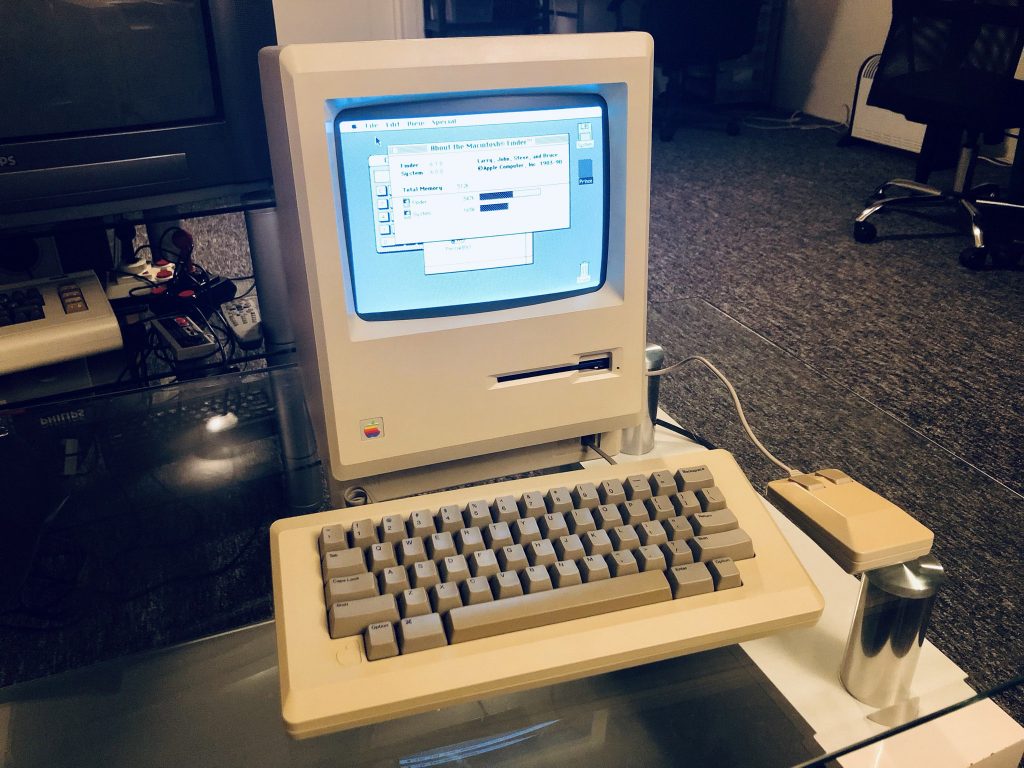
- Keyboard: I’ve removed some key-caps in the problem area and cleaned out, that solved the problem with stuck keys. I then split the keyboard open to get to the PCB and de-soldered the non-working microswitch for the space-bar. I was lucky enough to have a spare keyboard that already previously has been used for parts, and I removed a microswitch from that keyboard to use in this one. Keyboard now works 100%.
- Screen: I’ve split the machine open and re-soldered the components on the screen analog board that is known to turn bad over the years, like the connector for the cable to the main board, and the flyback transformer. That seems to have solved the problem with disturbance on the screen.
- Floppy drive: I’ve cleaned the reader head carefully with alcohol as usual. Cleaned out the dust in the drive mechanism, lubricated moving part for smooth action. I removed and opened the eject mechanism motor from the drive. The problem with floppy eject was one small bad gear in the mechanism. Over the years, that particular gear is known to get very fragile. It’s possible to get 3D printed replacements. I had a broken high density floppy drive for a much newer Mac model sitting around. I opened up the eject mechanism in that one to see if there was a similarity. To my surprise, those parts looked exactly identical to my older drive, so I could replace the broken gear. My 512Ke machine can now eject disks.
- Mouse: I’ve got the machine with the mouse missing. In order to test the machine I’ve made an adapter to use an Amiga mouse, it worked great. Now I’ve also got the original “M0100” mouse for the computer, I had to pay a small fortune for it.
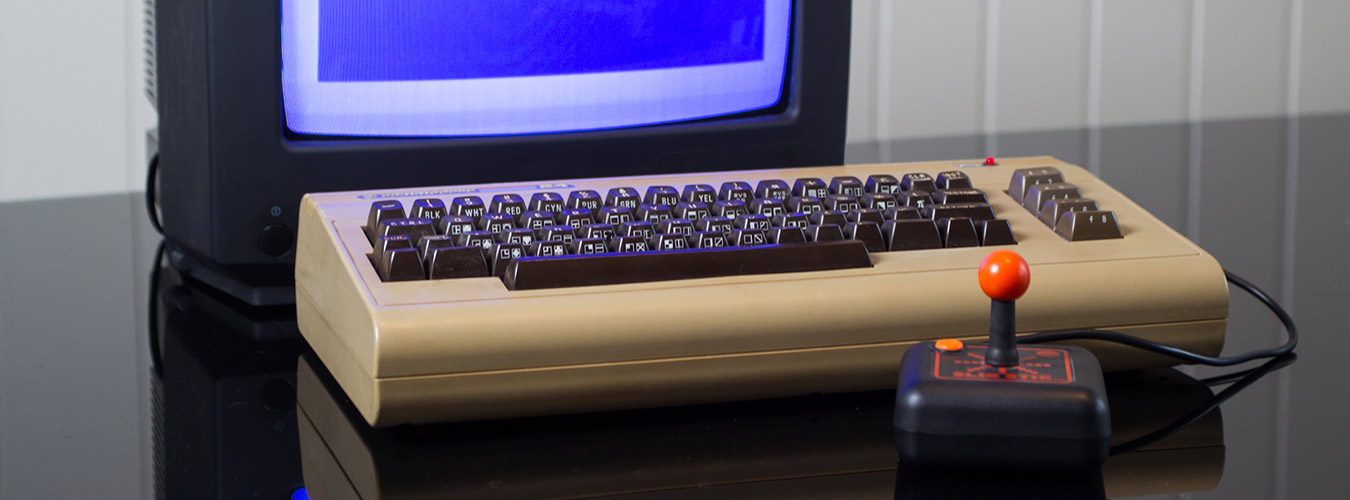
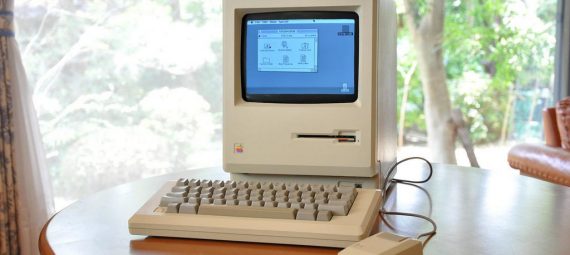
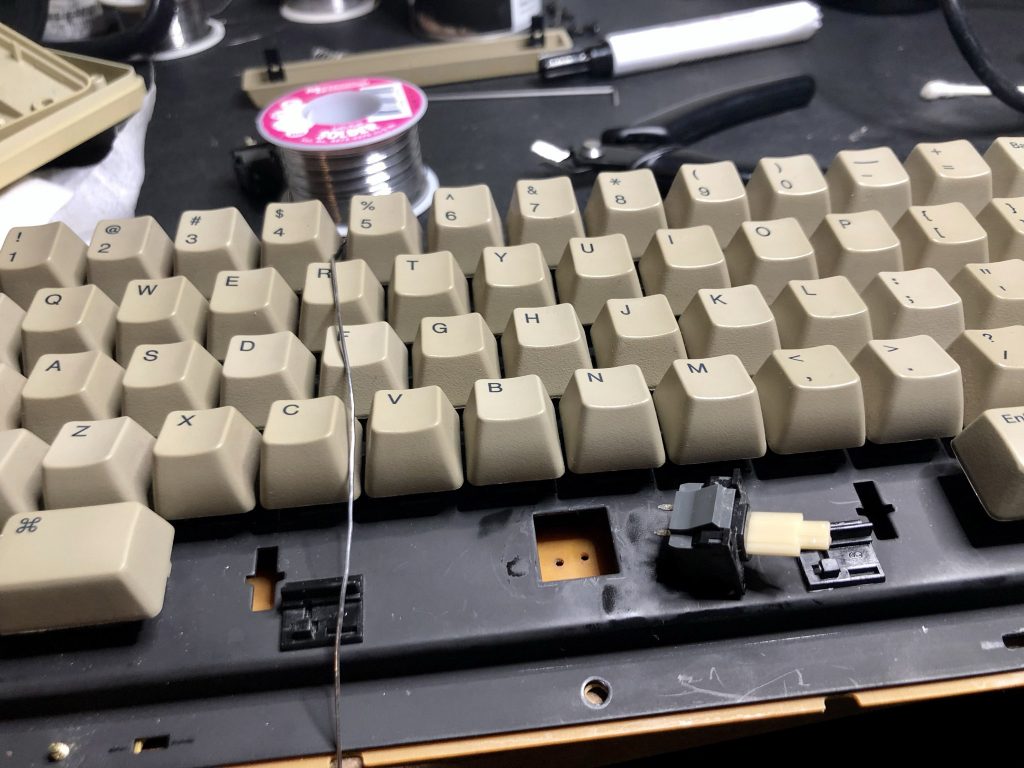
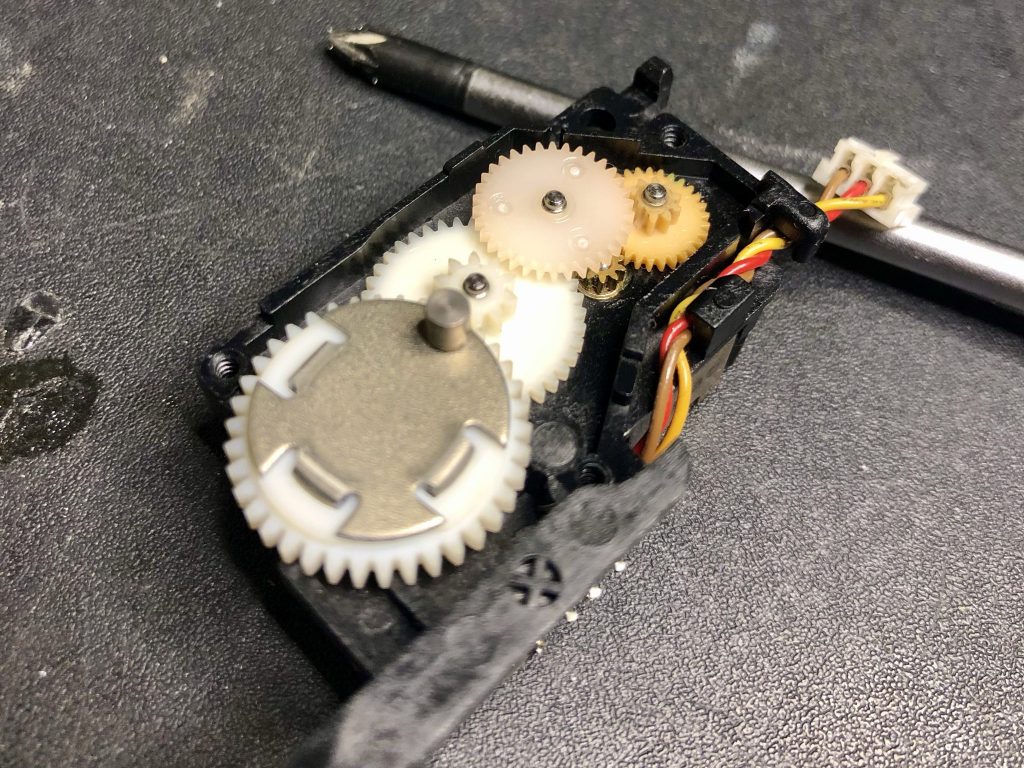
Thanks for the write up, good little lesson you taught here (about the enhanced 512).
Glad to hear that, thank you!
Send me your email to send you pictures of my Macintosh 512K and accessories. I bought it in 1986 from a medical researcher who became Worldwide known later. I decided to sell it as working my book will keep him in the box for a while. Maybe you are interested.
A Mac 512K is typical 50 usd for a local pickup here in Norway and I’ve allready restored one. I’ll more than welcome donations of course.